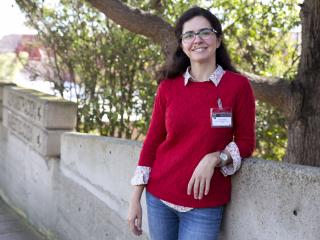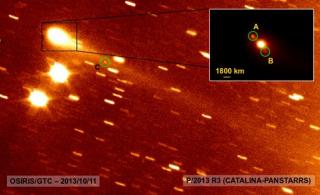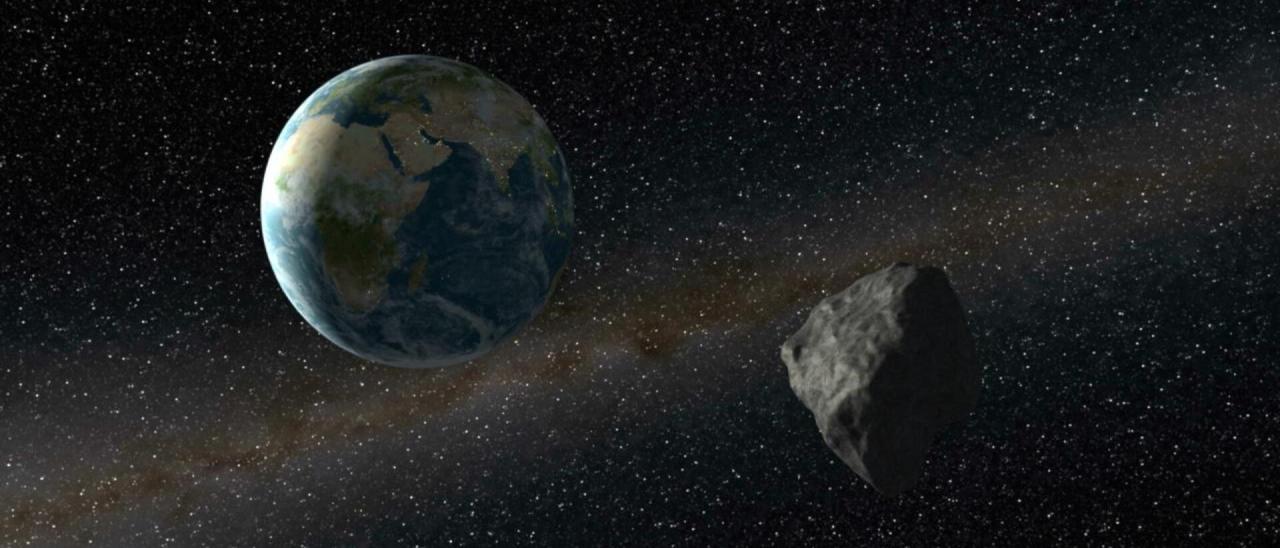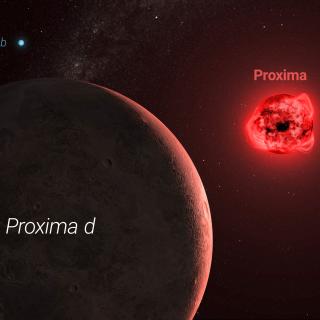Research, in which the Instituto de Astrofísica de Canarias has participated has analyzed object 2023 FY3, a member of a group of asteroids which have trajectories similar to that of the Earth. The available data suggest that it could collide with the Earth during the next hundred years, but its small size implies that it is not a major threat
The study of the physical characteristics and the dynamical evolution of object 2023 FY3, in which the Instituto de Astrofísica de Canarias (IAC) and the Complutense University of Madrid (UCM) have participated, enhances our limited knowledge about the Arjunas, which constitute the nearest asteroid belt to the Earth.
Discovered in April 2023 by other researchers, in the study, recently published in Astronomy & Astrophysics, it is suggested that 2023 FY3 is really a fragment of a larger Arjuna.
This study was carried out in the framework of a long term project led by IAC researcher Julia de León, whose aim is to make a detailed study of recently discovered objects close to the Earth which show a risk of colliding with the planet. “We are particularly interested in the asteroids with sizes between 100m and 1 km, which are those that can create damage over a region in the hypothetical case of an impact” explains de León. 2023 FY3 has a size of some 5 metres, and although this small size means that it cannot be considered a threat to the planet, the data available suggest that it could get to collide with the Earth during the next 100 years.
“Now we know its surface composition, we have a pretty good estimate of its size, we know it rotates rapidly, and this makes it more likely that we can catalogue it as a possible fragmente of a larger asteroid, and we know also that it has been constrained by an orbital resonance with our planet” explains, Raúl de la Fuente Marcos, a researcher at the UCM.
Twin Telescope of diameter two metres
The observational part of the study (spectrometry and photometry) has been carried out from the Canary Islands’ observatories. The spectroscopic observations were performed at the Roque de los Muchachos Observatory with the Gran Telescopio Canarias (GTC). “ We need large aperture telescopes such as the GTC to be able to study the composition of objects as small as 2023 FY3 “ comments de León. The study of the light curve of the object was carried out from the Teide observatory using the recently inaugurated Two Meter Twin Telescope (TTT). It took two months to carry out the analysis, in March and April 2023, once the discovery had been published.
The dynamical part of the study was carried out by the UCM using N-body numerical simulations, within the AEGORA research group of the Faculty of Mathematics.
“ With these results we want to draw the attention of the international scientific community to objects of intrinsic interest in the area of planetary defence and the scientific and commercial exploitation of asteroids easily accessible from our planet” concludes de la Fuente Marcos.
As well as the IAC and the UCM, GRANTECAN (Gran Telescopio de Canarias) and Light Bridges S.L. participated in the study.
Bibliographic Reference: R. de la Fuente Marcos, C. de la Fuente Marcos, J. de León, M. R. Alarcon, J. Licandro, M. Serra-Ricart, D. García-Álvarez and A. Cabrera-Lavers. “When the horseshoe fits: Characterizing 2023 FY3 with the 10.4 m Gran Telescopio Canarias and the Two-meter Twin Telescope”. A&A, 681 (2024) A4. DOI: 10.1051/0004-6361/202347663.
CONTACT AT IAC:
Julia de León






